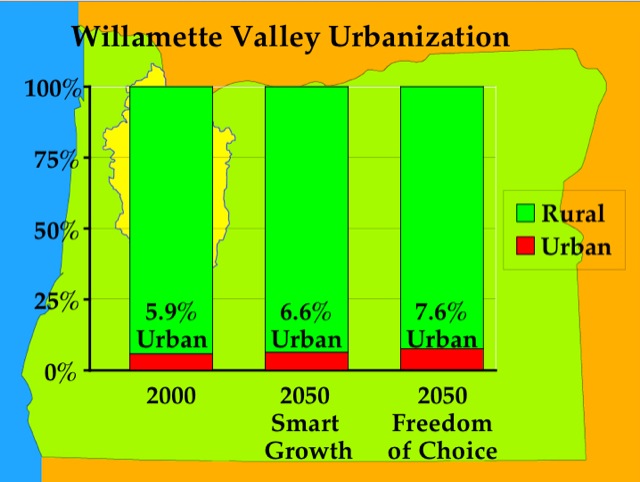Those who believe in human-caused climate change often point out that skeptics are most likely to be economic conservatives who don’t like the idea of problems that can’t be solved by the free market. But the accusation goes the other way as well: believers are most likely to be self-described progressives who love big government and are thrilled by the idea of a problem that can only be solved by making government bigger.
This was recently pointed out by Michael Shellenberger & Ted Nordhaus of the Breakthrough Institute (and co-authors of “The Death of Environmentalism“). One of their main exhibits is a 2011 article from The Nation by Naomi Klein.
“Climate change is a collective problem, and it demands collective action,” says Klein. “Climate change supercharges the pre-existing case for virtually every progressive demand on the books, binding them into a coherent agenda based on a clear scientific imperative.” Those “progressive demands” include “publicly funded elections and stripping corporations of their status as ‘people’ under the law”; “ending the cult of shopping” along with all economic growth except “for parts of the world still pulling themselves out of poverty”; and of course “subways, streetcars and light-rail systems that are not only everywhere but affordable to everyone [and] energy-efficient affordable housing along those transit lines.”









